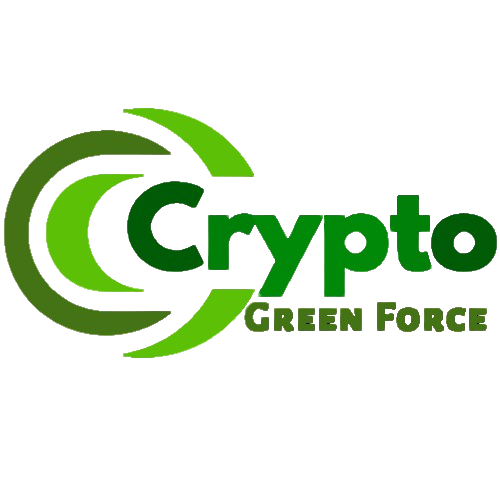Introduction
Grid integration is a process of including new generation in an existing power system. This process involves comprehending the complex values of the grid and balancing the electricity supply with demand. Furthermore, this helps in the integration of renewable energy which impacts the grid.
Moreover, Renewable energy helps reduce greenhouse gases in our environment. This is a self-replenishing energy source that does not decrease or require time. In this vlog, you will learn about it and why integration of energy is necessary.
What is Grid Integration?
Grid Integration: this tends to develop efficient ways to deliver renewable energy to the grid. Integration methods like robust promote the cost-effectiveness of RE in power systems for maintaining system stability.
Moreover, In modern systems, It helps in balancing supply and demand. It stabilizes the grid and facilitates the transition to energy sources supporting sustainability.
Furthermore, The components involved in grid integration are stakeholder engagement, collector, scenario development, power system modelling and analysis.
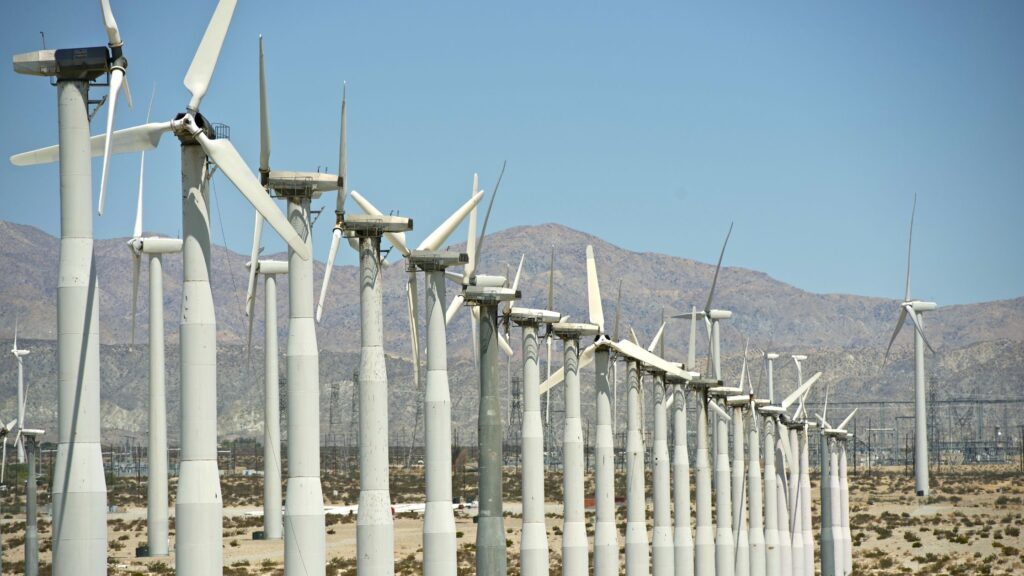
The Importance of Grid Integration
It facilitates the adoption of renewable energy including the reduction of fossil fuels and reliance on fossil fuels and lowering of emission greenhouse gasses.
Moreover, it process involves comprehension of complex grids, balancing electricity supply and demand along with evaluation of integration related to variable energy that impacts the grid.
Additionally, Grid energy ensures reliability by storing renewable energy for when it is required. During power outages, this energy efficiency supports energy reliability.
Its Challenges
The variability of energy sources requires conventional energy stabilizers to operate efficiently. It operates efficiently leading to grid stability and security. Power integration requires an integration process that affects the stability and reliability of the operation.
Furthermore, Technical challenges faced by grid integration include power quality, power system, power quality and power compensation. However, The industry’s main economic challenge is the price it trades at. On a regulatory basis, seasonal shifts and variations in the characteristics of day and year are some of the issues faced.
Moreover, Some common problems faced in grid integration are growing amounts of renewable sources, loss in electricity transmission, and power outages are some of them.
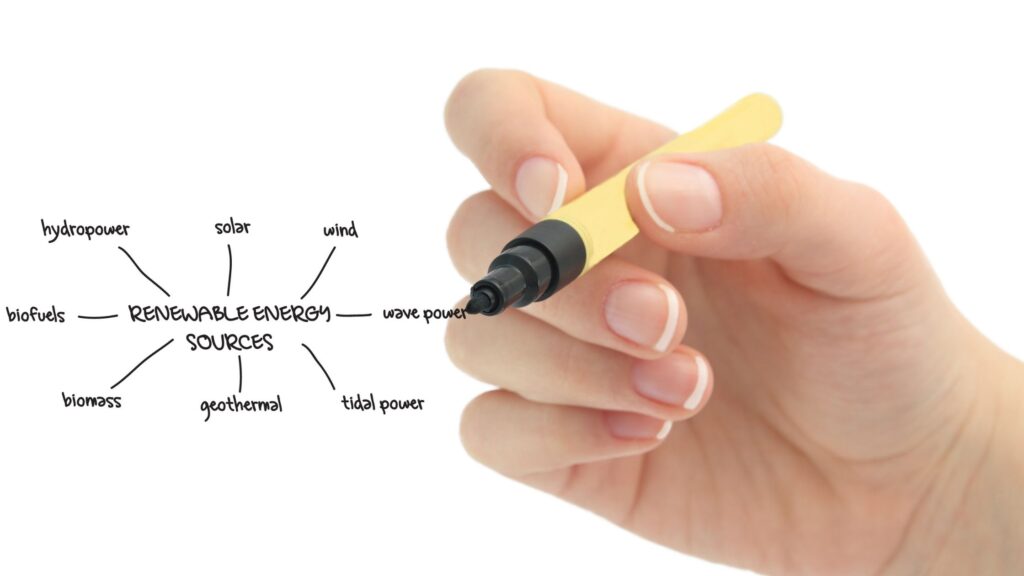
Solutions for Effective
Furthermore, Smart grids are grids consisting of smart grids paired with sensors. Used in communication, intelligent algorithms to monitor and manage energy. Moreover, it helps in managing and distributing electricity over the grid. They come with real-time monitoring of energy with supply and demand reducing waste and improving efficiency.
Furthermore, Smart grids use smart technology along with sensors and software making it a better match for supply and demand. Energy storage like battery and hydro pumps helps in various technologies involving electro-mechanical, chemical and thermal batteries.
Integration of Energy
Integration of energy is the process of coordinating the process of integration and operation. This makes it reliable for cost efficiency and services with less impact on the environment. Moreover, It is the process of incorporating a new generation with an existing power system. It involves comprehension of the complex power grids and evaluating renewable energy with grids.
Furthermore, Technology has an essential role in the integration of renewable energy into the power grid. This includes advancement in solar, wind and energy systems making them more accessible and affordable.
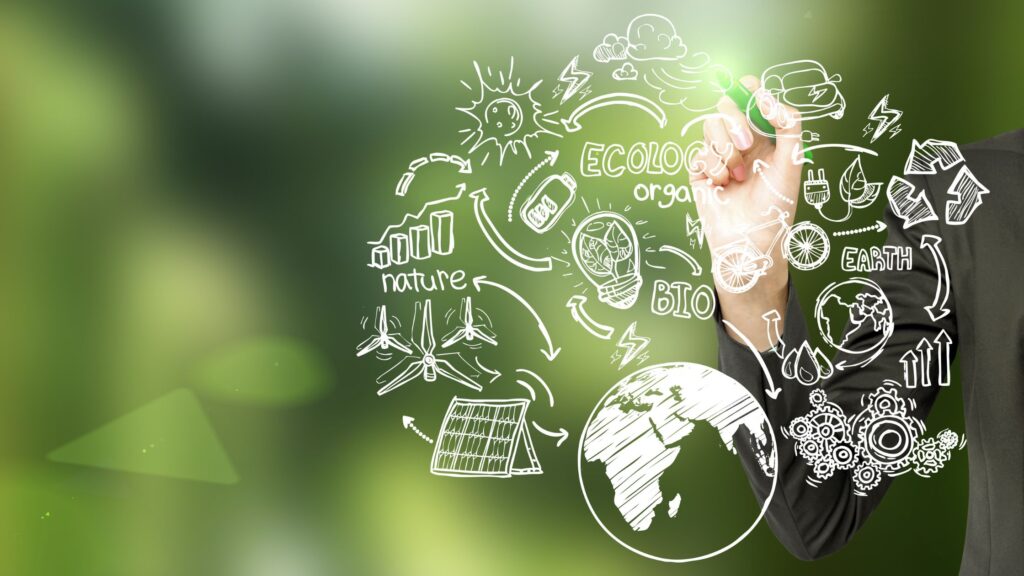
Its Future
The future trend of solar energy grid integration by rapid technological innovative solutions in enhancing efficiency. It comprehensively guides research into trends like smart grids, storage and advanced photo materials.
Moreover, A smart grid is a transformatively equipped metering infrastructure with smart distribution with circuit breakers paired with home control.Furthermore, It is loaded with control switches loaded with smart appliances and helps in communication.
The integration and development of distributed energy is influenced by policy. Regulatory landscape. Transition with education and community grid integration plays an essential role in environmental friendliness.
Conclusion
It is crucial for the adoption of renewable energy on a huge scale. This addresses variability and ensures renewable energy is harnessed to meet the needs of the population.
It helps in balancing the supply and demand to maintain the stability of the grid. This allows the facilitation of transition of more energy resources balancing the supply and demand. To know more about it and integration of grid visit cryptogreen force. You should stay informed and engaged with developments in the energy sector.
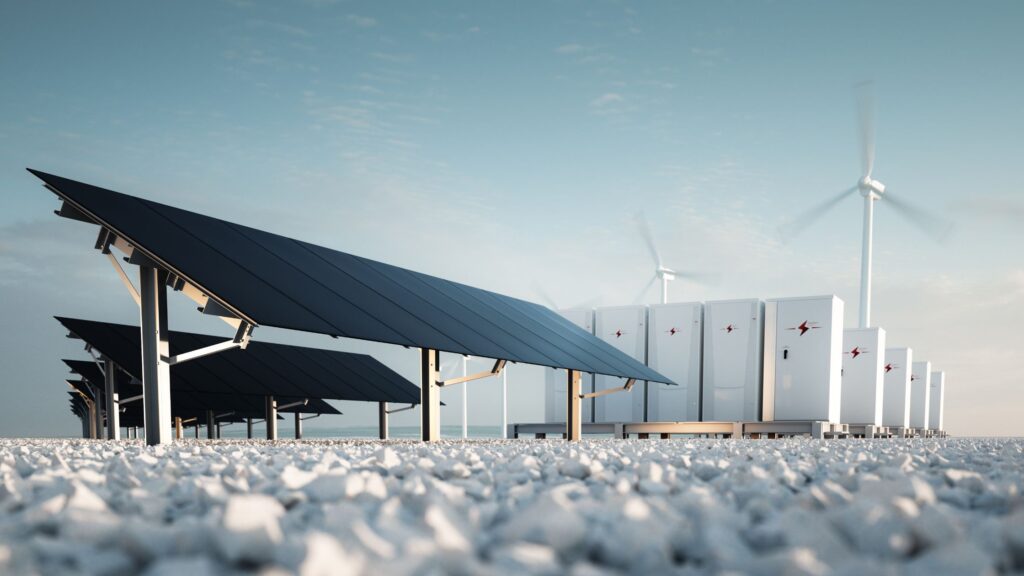
FAQ Section
- Why is It important?
moreover, It allows for balancing supply and demand. It helps in maintaining the stability of the grid facilitating the transition of energy sources.
- What are the main challenges of It ?
Furthermore, the main challenges faced are season shifts and, the variation of characteristics of different days of the year. It helps in power generation and issues.
- How does energy integration relate to grid integration?
Moreover, The study of modern technology helps in a smooth transition and helps in the adoption of energy resources. It helps in distributed, resilient and clean.
- What technologies are used in It?
Additionally, Technologies like transmission, integrated planning, advanced management, communication network and distribution.
- Can you provide examples of successful grid integration projects?
Firstly, activities like stakeholder engagement, collection of data, development of scenarios and power system modelling.
- What is the future of It?
Moreover, Grid integration is expected to increase by 45 to 50 per cent. It allows the reduction of the power supply by 60 to 70 per cent.
